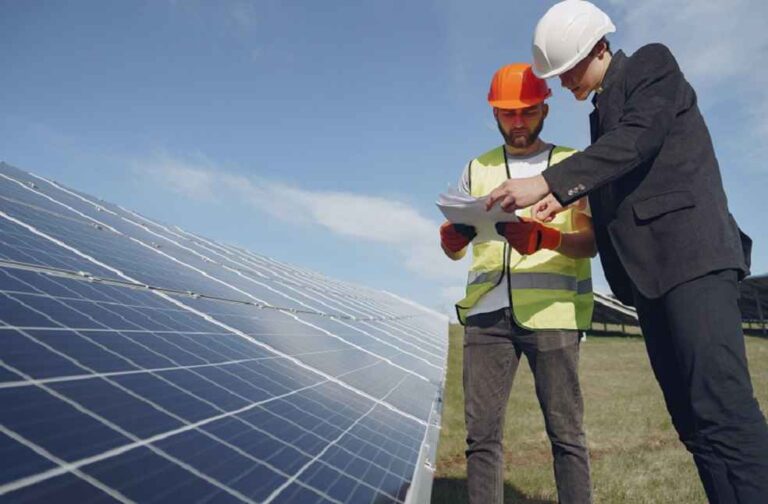The United States has taken the lead as the most appealing market for renewable energy investors worldwide, backed by the recent funding milestones in the Inflation Reduction Act (IRA) and a growing demand for broad-scale decarbonization.
In a recent survey conducted by the American Council on Renewable Energy (ACORE), it was found that 100% of respondents see an expanding investment opportunity in the U.S. renewable energy market, as compared to other major countries. A staggering 43 top companies, each with annual revenues or investments of $100 million, participated in the survey, unanimously favoring the U.S. market.
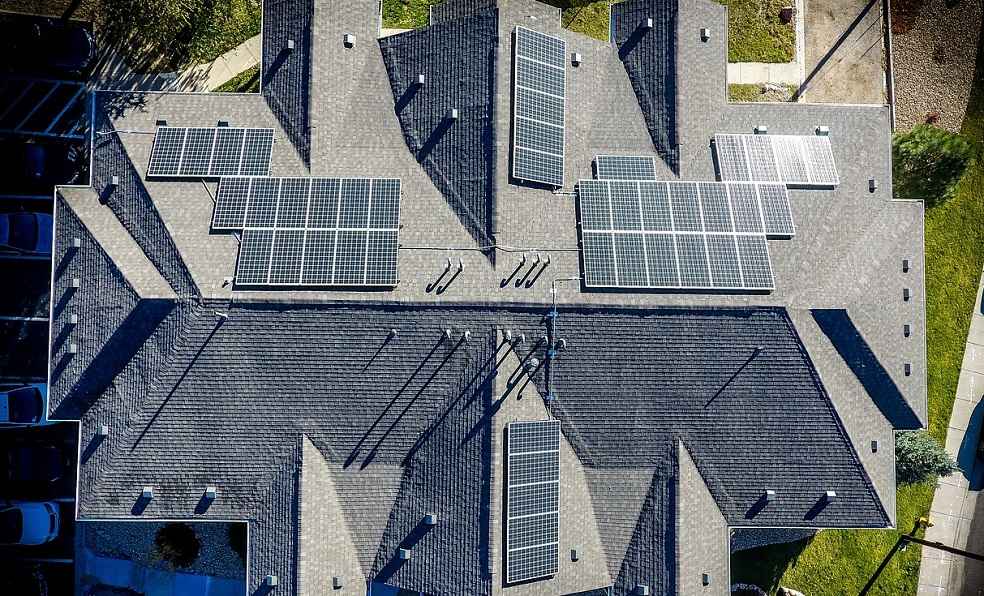
An investor, commenting on the influence of the IRA, suggested it would open up markets previously unavailable. Another investor highlighted how direct pay, transferability, and long-term tax extensions had revitalized projects that were once unfeasible. These changes have improved margins and encouraged the growth of investment portfolios.
The U.S. market’s newfound strength is timely. Investment in renewable energy is almost double that of fossil fuels globally, with $1.70 dedicated to clean energy for every dollar funneled into fossil fuels. Just five years ago, fossil fuels and clean energy investments were on par.
According to the International Energy Agency, global clean technology investment is set to reach $1.7 trillion in 2023, with Photovoltaics (PV) leading as the primary contributor to energy generation.
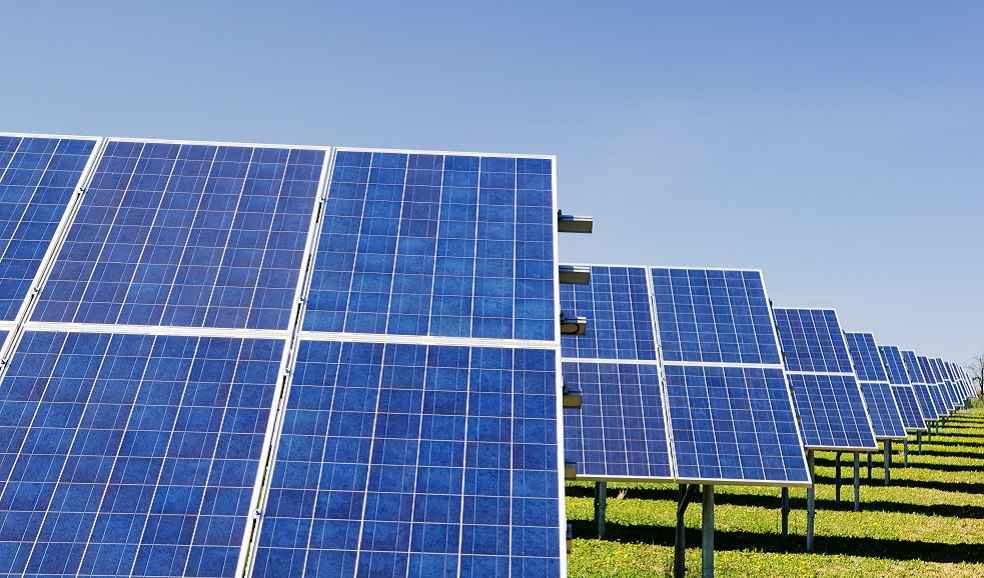
The ACORE report details challenges for the industry in the coming years, despite positive projections for the U.S. renewable energy investment market from 2023 to 2026. Constraints such as grid-related issues, supply chain hurdles, trade restrictions, tax credit uncertainties, anti-ESG actions, and inflation are potentially impeding the industry’s growth rate.
Despite a minor pullback of 8% in solar project investment in 2022, driven largely by supply chain issues and tariff threats, a robust 84% of survey respondents confirmed plans to increase renewable energy investment by 5% or more in 2023. The uncertainty surrounding the U.S. solar investment market seems to be receding this year, dropping from 16% of respondents in last year’s survey to just 4%.
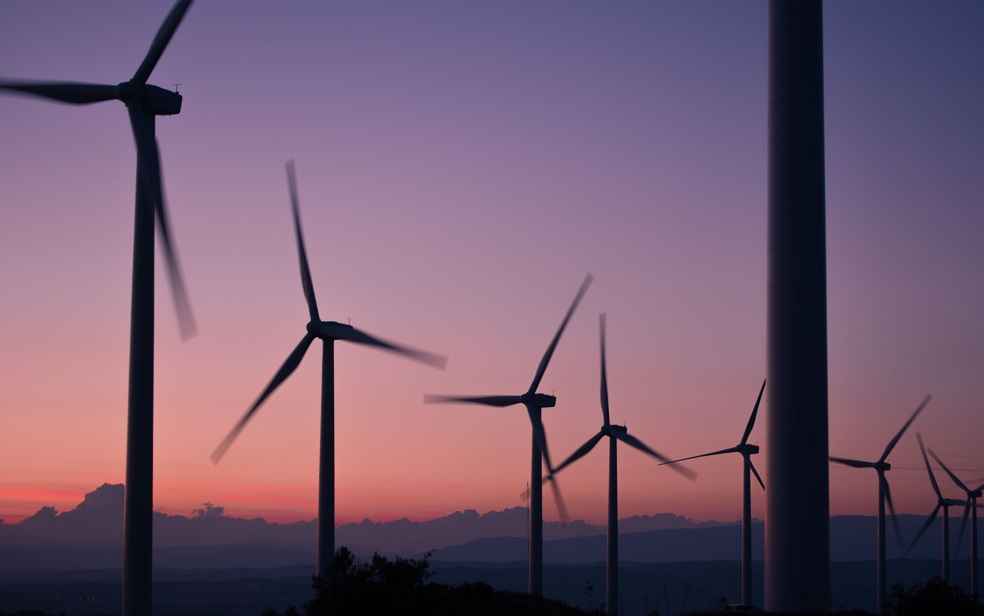
As one developer stated, “2H 2021 and 2022 were full of equipment delays. In 2023, we’re finally catching up and deploying megawatts that were planned for 2022.”
The study showed that many of the challenges from 2022 continue to persist. Supply chain issues, interconnection queues, lack of transmission upgrades, and a slow build-out of new systems were cited as significant difficulties.
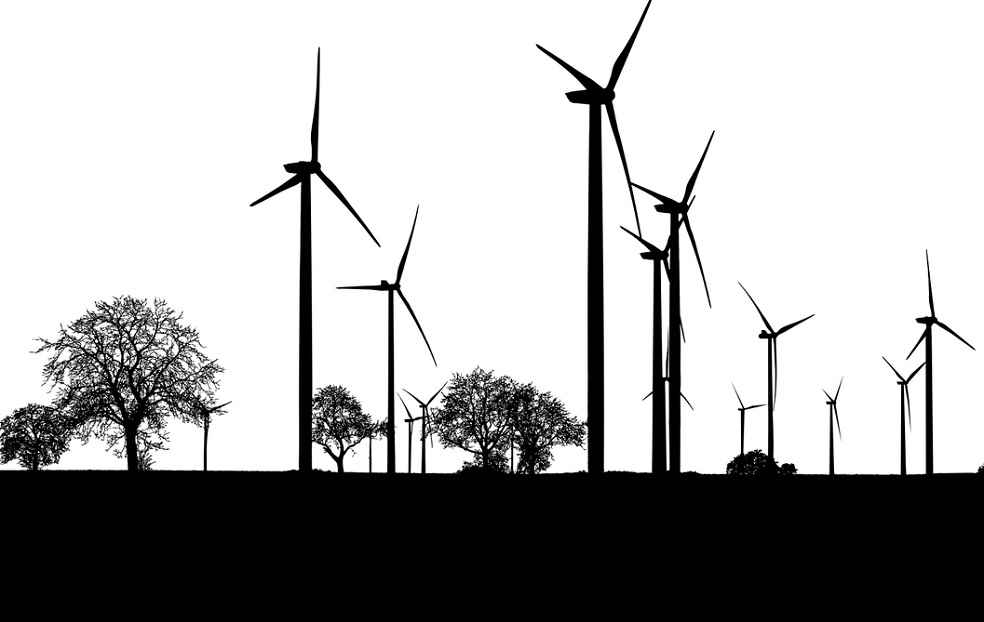
The bottleneck created by grid interconnection queue delays, a consequence of high costs and slow administrative processes by utilities and grid operators, is also gaining attention. Federal agencies and national labs are now focusing on developing faster and more cost-effective solutions.
Survey respondents collectively ranked utility-scale solar, energy storage, and commercial solar as the top three most appealing clean energy sectors for investment from 2023 to 2026. The U.S. renewable energy market’s burgeoning appeal represents a crucial development in the global shift towards cleaner, sustainable power sources.
TRADE TECH: India: Iotechworld Aviation’s Plan for 3,000 Agri-Drone Sale


